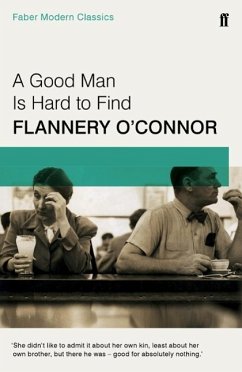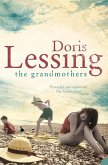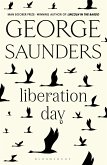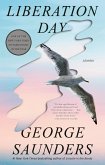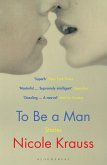These ten classic stories are masterful depictions of the underside of life, deep in the American South. On receiving an early copy, Evelyn Waugh remarked 'If these stories are in fact the work of a young lady, they are indeed remarkable.
'She's horrifyingly funny . . . It's that cool, removed style combined with very black stories.' Donna Tartt
' No one has written better about the reality of evil. Few have written as well, with such sharp-edged compassion, about the weaknesses and follies of humanity, about the operation of grace in our lives and about the necessity of humility. Her stories - her intelligence and passion - can restore reason to minds unhinged by our fame-obsessed, technology-obsessed culture.' Dean Koontz, New York Times
'She's horrifyingly funny . . . It's that cool, removed style combined with very black stories.' Donna Tartt
' No one has written better about the reality of evil. Few have written as well, with such sharp-edged compassion, about the weaknesses and follies of humanity, about the operation of grace in our lives and about the necessity of humility. Her stories - her intelligence and passion - can restore reason to minds unhinged by our fame-obsessed, technology-obsessed culture.' Dean Koontz, New York Times

